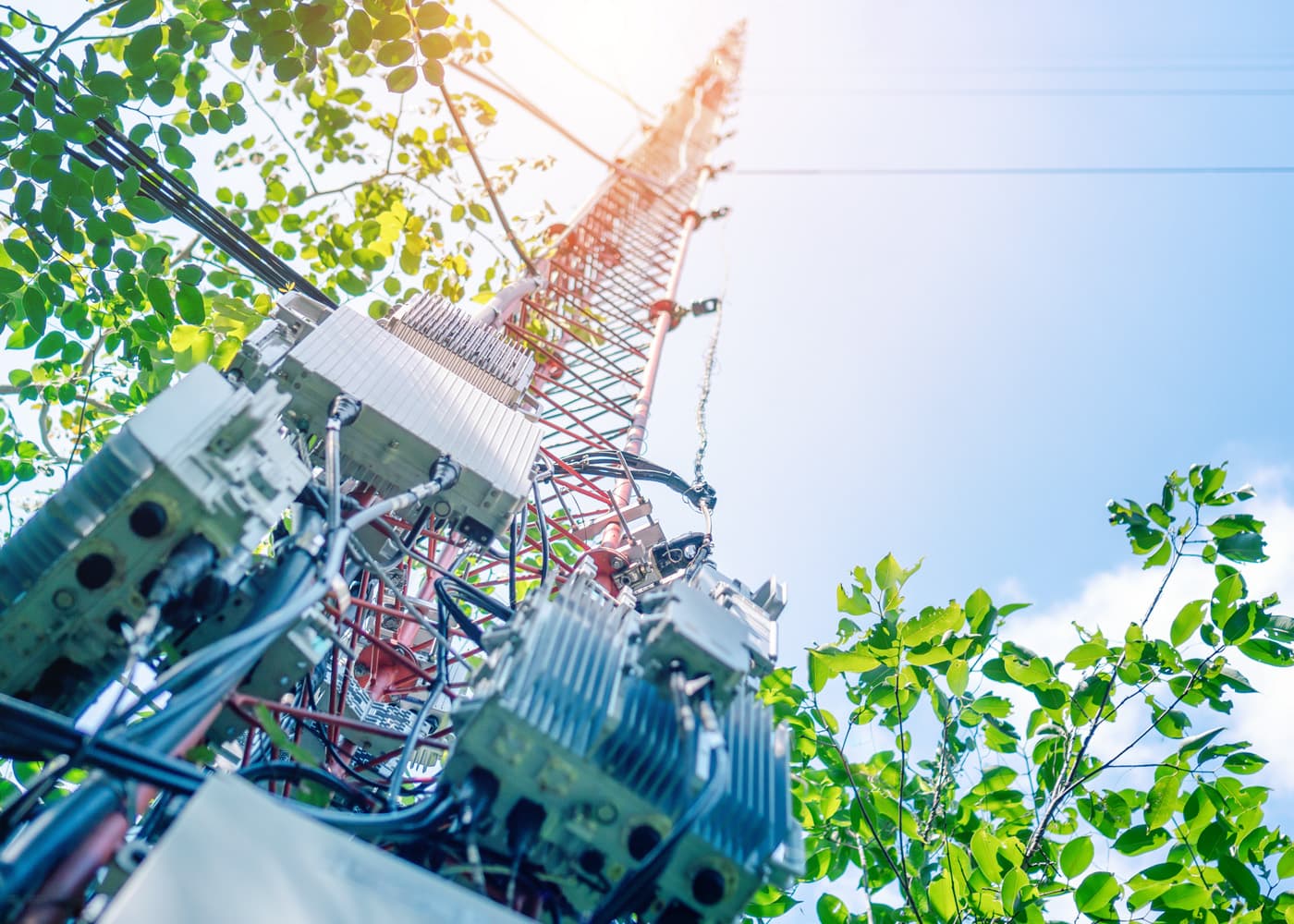
In today’s fast-paced digital world, it seems like a new and improved device hits the market almost annually. We’re constantly encouraged to upgrade to bigger and better smartphones, tablets, computers, and televisions. But the more we upgrade, the more e-waste we generate, and the greater the negative effects on the environment and our health.
That’s why e-waste recycling has become increasingly important. Electronic recycling not only helps protect the environment but also promotes sustainable business practices. In this article, we’ll explore the environmental impact of e-waste and how responsible disposal practices can benefit your business and the planet.
Key WEEE waste facts
- In 2021, 53.6 million metric tonnes of e-waste was generated globally, growing by an average of 2 million tonnes annually (statista)
- According to projections, the volume of electronic waste is expected to reach 74.7 Mt by 2030 (statista)
- There’s currently over 347 million metric tonnes of non-recycled e-waste on Earth in 2023 (Earth.Org)
- Only 17.4% of e-waste is known to be collected and properly recycled (statista)
These facts highlight the urgency of properly disposing of electronic waste. By responsibly recycling electronics, we can reduce the negative impact of e-waste on the environment and human health.
What are the most common types of electronic waste?
Out of the total 53.6 Mt of electronic waste generated (ITU), the following are the most common types:
- 17.4 Mt of small equipment, such as microwaves, vacuum cleaners, fans, kettles, toasters, shavers, hairdryers, radios, tools, and toys
- 13.1 Mt of large equipment, including washing machines, tumble dryers, cookers, stoves, and dishwashers
- 10.8 Mt of temperature exchange equipment, such as refrigerators, freezers, air conditioners, and heat pumps
- 6.7 Mt of screens and monitors, including televisions, monitors, laptops, notebooks, and tablets
- 4.7 Mt of small IT and telecoms equipment, including cell phones, phone cases, wireless routers, keyboards, e-readers, GPS, and pocket calculators
- 0.9 Mt of lamps, bulbs, and LEDs
Top E-waste producing countries
| Rank | Country | E-Waste Produced (Kt) | Recycling Rate |
| 1 | China | 10129 | 16% |
| 2 | USA | 6918 | 15% |
| 3 | India | 3230 | 1% |
| 4 | Japan | 2569 | 22% |
| 5 | Brazil | 2143 | 0% |
| 6 | Russia | 1631 | 6% |
| 7 | Indonesia | 1618 | n/a |
| 8 | Germany | 1607 | 52% |
| 9 | UK | 1598 | 57% |
| 10 | France | 1362 | 56% |
The Effects of E-Waste disposal on your health and the Environment
The components used in creating electronic devices, such as lead, mercury, barium, cadmium, and bromine, can have a detrimental effect on human health. Exposure to high levels of lead, for instance, can contribute to damage to the nervous and reproductive systems.
E-waste can also have a range of environmental impacts, including soil and water contamination from toxic chemicals, air pollution from burning or incinerating e-waste, and greenhouse gas emissions from the production and disposal of electronics.
In particular, the new iPhone has rare earth minerals like cerium, neodymium, and europium, which can be dangerous when ingested in high quantities. While the device itself may not be damaging, the improper disposal of it could potentially pose serious health risks.
In 2018, the E-Waste Coalition collaboration between ten United Nations entities was formed. They aim to increase collaboration, build partnerships, and support Member States in addressing the global WEEE challenge.
What can business owners do to reduce e-waste?
Business owners can take several steps to reduce e-waste, including implementing sustainable procurement practices by choosing products with longer life spans and recyclable components, repairing and upgrading electronics when possible, donating or selling working electronics, and properly disposing of or recycling electronics.
They can also demonstrate a commitment to sustainability and environmental protection by implementing an e-waste management program, setting goals for reducing e-waste, and educating their employees on the importance of responsible e-waste disposal.
Dispose of your business E-Waste with Plexstar
Plexstar provides certified IT Recycling/WEEE waste disposal services that make a significant contribution towards reducing the negative impact of e-waste on our planet. By properly disposing of your electronics with Plexstar, you can rest assured that your electronics will be handled in an environmentally responsible manner, mitigating the risk of hazardous waste entering landfills and polluting our environment.
By choosing to recycle your electronics with a certified e-waste recycler like Plexstar, you are making a positive impact on the environment.
Speak to our team today for more information on how you can be a part of a more sustainable future.
Alternatively, give our team a call on 01942 811 483